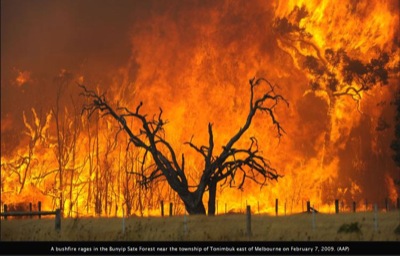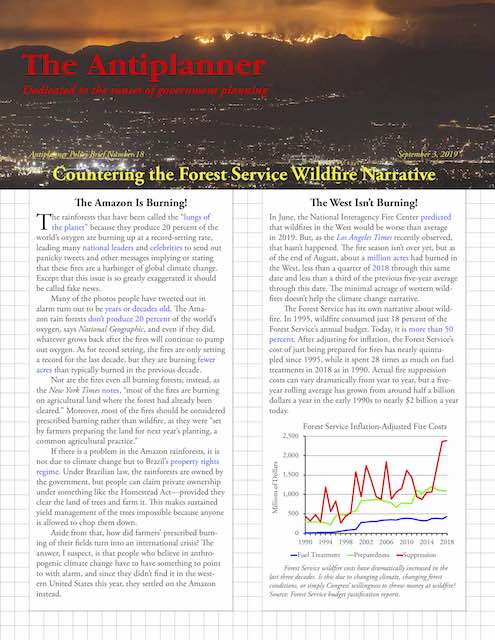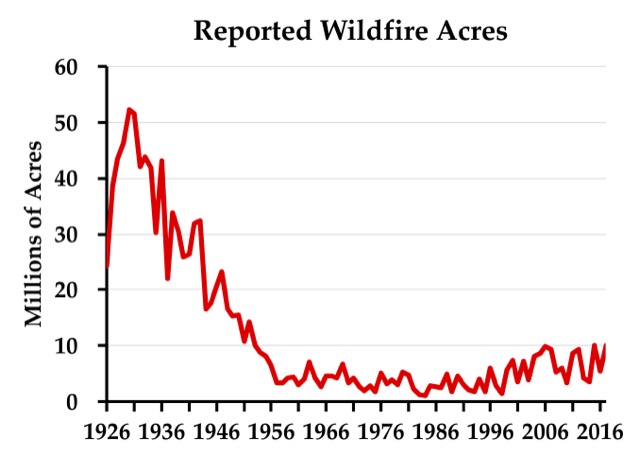Australia’s tragic fires have reignited a debate over public land policies that echoes the same debates in the U.S. There’s the timber industry leader who says the fires could have been prevented if only the industry had been allowed to cut more trees. There’s the conservative columnist who suggests that environmentalists be lynched for preventing broadscale fuels reduction measures.
Flickr photo by Barnardoh.
Australian forests are a bit different from those in the U.S. Eucalypts tend to be very resinous in an ecologically calculated effort to dominate the forests by burning out the competition (and then grow back faster than anything else). Lodgepole pine is similar though it does not burn so explosively.












